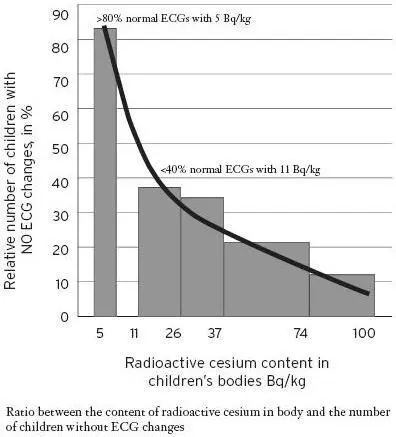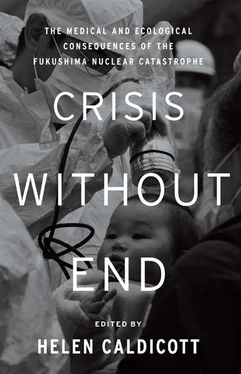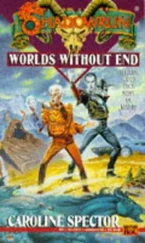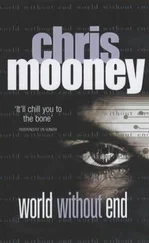One of the key discoveries made by Bandazhevsky was that cesium-137 bioconcentrates in the endocrine and heart tissues, as well as the pancreas, kidneys, and intestines. This finding goes against one of the primary assumptions—that cesium-137 is “distributed uniformly” in human tissues—presently used to calculate millisieverts from internal exposure.
Bandazhevsky’s “Chronic Cs-137 Incorporation in Children’s Organs” [25] Y. Bandazhevsky, “Chronic Cs-137 Incorporation in Children’s Organs,” Swiss Medical Weekly 133, no. 35–36 (2003): 488–90.
compares the radioactivity measured in thirteen organs of six (autopsied) infants. Very high specific activity—levels of radioactivity up to twenty to forty times higher than in other organs and tissues—was found in the pancreas, thyroid, adrenal glands, thymus, heart, and intestinal walls.
Bandazhevsky summarized his nine years of research in his study “Radioactive Cesium and the Heart.” It was never properly translated or publicized, in large part because shortly after Dr. Bandazhevsky presented it to the parliament of Belarus, he was summarily arrested and imprisoned on charges of accepting a bribe. No proof of this, however, was ever produced. Government agents also went to the Gomel State Medical University, where Bandazhevsky was director, and destroyed his archived slides and samples accumulated during nine years of research. Virtually all of the staff who had worked with him on this research were then fired. Some were also prosecuted. Bandazhevsky was replaced with a new director, who denounced Bandazhevsky’s work.
After Bandazhevsky was released from prison, he was held under house arrest. It was during this time that he wrote “Radioactive Cesium and the Heart” in an attempt to preserve the findings of his research, knowing that he was likely to soon be imprisoned again for a very long time. He subsequently spent more than four years in a work camp, where he was subjected to torture. [26] There is an excellent documentary, Nuclear Controversies by Wladimir Tchertkoff, that tells much of this story and includes an interview with Dr. Bandazhevsky while he was under house arrest.
Just as Soviet physicians were forbidden to diagnose a radiation-related illness following Chornobyl, the Belarusian government acted to suppress Bandazhevky’s work because he had been protesting government efforts to retain and resettle people in the land badly contaminated with cesium-137 (23 percent of Belarus was contaminated by fallout from Chornobyl).
In “Radioactive Cesium and the Heart,” Bandazhevsky also correlated the amount of cesium-137 in live children with their heart function. He worked with the BELRAD radiation safety institute, which conducted more than 125,000 whole-body counts on Belarusian children, measuring the amount of internally ingested cesium-137 in each child. From 1996 through 1999, these medical checkups showed that at levels of cesium-137 accumulation over 50 becquerels per kilogram of total body weight, pathological changes in cardiovascular, nervous, endocrine, immune, reproductive, digestive, and excretory systems could be registered. [27] The Institute of Radiation Safety “BELRAD” website, “General Overview” ( www.belrad-institute.org/UK/doku.php ).
There were so many contaminated children in Belarus that it was difficult to find any who had not bioaccumulated cesium-137 within their bodies. This indicated just how contaminated the general food supply had become. Figure 5.7 illustrates that only those children with less than 10 becquerels per kilogram of body weight had normal electrocardiograms (ECGs). Thirty-five percent of children with 11 to 37 becquerels per kilogram of their body weight had normal ECGs, 20 percent of children with 37 to 74 becquerels per kilogram of their body weight had normal ECGs, and only 11 percent of those with 74 to 100 becquerels per kilogram of body weight had normal ECGs.
Figure 5.8 illustrates the averaged results from hundreds of human autopsies done during 1997 and is also taken from “Radioactive Cesium and the Heart.” Note the very high concentrations of cesium-137 in the thyroid gland. While we generally worry about radioactive iodine concentrating in the thyroid, Bandazhevsky’s work shows us that cesium-137 is likely to play a major role in thyroid cancer, too.
I want to point out again that the currently accepted medical and legal understanding of cesium-137 is that it is “distributed fairly uniformly” in human tissues. The autopsied human tissue samples analyzed by Bandazhevsky clearly show that this is not the case. This new understanding needs to be incorporated into the way we understand how internally ingested radionuclides act upon the human body.

Figure 5.7. Abnormal ECGs in Children with Cesium-137 Greater Than 11 Becquerels Per Kilogram of Total Body Weight from “Radioactive Cesium and the Heart” by Dr. Yuri Bandazhevsky

Figure 5.8. Cesium-137 Bioaccumulation in Autopsied Human Tissues from “Radioactive Cesium and the Heart” by Dr. Yuri Bandachevsky
Two million people in Belarus reside on lands severely contaminated by cesium-137. Less than 20 percent of the Belarusian children who live in these contaminated lands are considered to be healthy, although 85 percent to 90 percent were considered healthy before the nuclear power plant at Chornobyl exploded in 1986. [28] A. Yablokov, V. Nesterenko, and A. Nesterenko, “Chernobyl: Consequences of the Catastrophe for People and the Environment,” in Annals of the New York Academy of Sciences vol. 1181 (Boston: Blackwell Publishing on behalf of the New York Academy of Sciences, 2009), viii, 42.
Fourteen years after Chornobyl, 45 percent to 47 percent of high school graduates had physical disorders, including gastrointestinal anomalies, weakened hearts, and cataracts, and 40 percent were diagnosed with chronic “blood disorders” and malfunctioning thyroids. [29] United Nations Development Program, Belarus: Choices for the Future (Minsk: National Human Development Report, 2000), 32, http://hdr.undp.org/sites/default/files/belarus_2000_en.pdf .
Death rates in Belarus increased dramatically after 1986, while birthrates plummeted.

Figure 5.9
Twenty-five years after the Chornobyl disaster, the contaminated regions of Ukraine also suffered similar consequences. Dr. Nikolai Omelyanets, deputy head of the National Commission for Radiation Protection in Ukraine, has stated that the population of Ukraine has experienced declining life expectancies and has decreased by 7 million people. In a 2006 interview, Dr. Omelyanets said, “We have found that infant mortality increased 20% to 30% because of chronic exposure to radiation after the accident… this information has been ignored by the IAEA and WHO. We sent it to them in March last year and again in June. They’ve not said why they haven’t accepted it.” [30] J. Vidal, “UN Accused of Ignoring 500,000 Chernobyl Deaths,” The Guardian , March 24, 2006.
Dr. Evgenia Stepanova of the Ukrainian government’s Research Centre for Radiation Medicine said in 2006: “We’re overwhelmed by thyroid cancers, leukemias, and genetic mutations that are not recorded in the WHO data and which were practically unknown twenty years ago.” [31] Ibid.
In 2011, Stepanova stated that in the contaminated regions of Ukraine, only 5 to 10 percent of the children are considered to be healthy, while most have a variety of chronic illnesses.
Читать дальше















![Helen Rowland - The Widow [To Say Nothing of the Man]](/books/752764/helen-rowland-the-widow-to-say-nothing-of-the-man-thumb.webp)